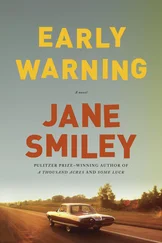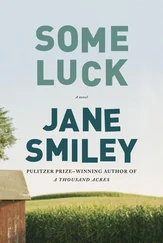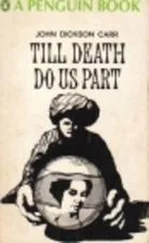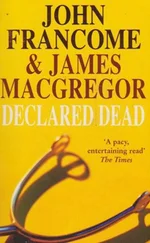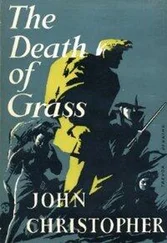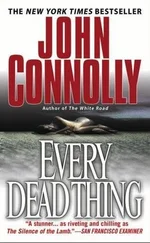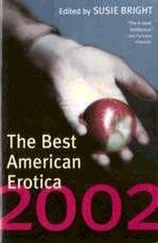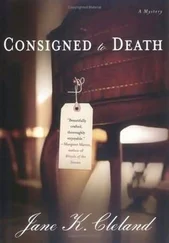The idea of modern society as death denying has not developed separately from history. One of the most cited thinkers in the history of Western death is Phillippe Ariès (1977), who asserts that there have been four overlapping periods in the social and cultural history of ‘Western’ death: the eras of ‘tame death’, ‘death of the self’, ‘death of the other’, and ‘invisible death’ – the last phase consisting of elements of denial of death. The era that characterizes the first millennium, ‘tame death’, describes the condition of a natural acceptance of death as the end of life. In this period, death was considered too common to be feared; people observed, in Ariès’s thinking, an explicit connection between the afterlife or otherworld and life on Earth. During the era of ‘death of the self’, which, according to Ariès, lasted until the eighteenth century, people began to play a more reflexive and active role in their perception of death. In this era, death no longer meant merely the weakening of life but, rather, the destruction of the self. Hence, the role of institutional religion (the Church) was crucial in maintaining authority over death during this period. Later, amid the development of natural science and the declining role of religious institutions in society, authority over death was gradually transferred to medicine and medical doctors. In this era, that of ‘death of the other’, death began to be seen as a social problem demanding scientific and professional control. By the nineteenth century, death was viewed as a staging post for reunion in the hereafter. There was a shift from the demise of the self to that of loved ones (family members and kin). Finally, according to Ariès, the twentieth century is characterized by an era of ‘forbidden’ or ‘invisible death’, a historical condition in which death is removed from ‘public’ display – such as at home, where loved ones can easily gather to say their goodbyes – and moved to hospitals and nursing homes. Ariès refers to this phase as ‘the lie’ in modern Western society. While he believes that the original motive was to shield the dying from the unpleasant reality of terminal illness, in the early twentieth century it became ‘no longer for the sake of the dying person, but for society’s sake, for the sake of those close to the dying person’ that this ‘procedure of hushing up’ had to occur. In this era, death was not to be mentioned so as to avoid ‘the disturbance and the overly strong and unbearable emotion caused by the ugliness of dying and by the very presence of death in the midst of a happy life, for it is henceforth given that life is always happy or should always seem to be so’ (Ariès, 1974, 87; see also Zimmermann & Rodin, 2004). For Ariès, death in modern society is ‘shameful and forbidden’; it is something that must be ‘hushed up’ so as to avoid interrupting the pleasant rhythm of modern social life (cf. Jacobsen, 2016). In other words, it must be repressed.
Yet another important contributor to the ‘denial of death’ thesis is social theorist Norbert Elias (1985), whose analysis of the social abandonment of dying people in modern society draws its power from the civilizing process. Elias argues: ‘Death is the problem of the living. Dead people have no problems’ (1985, p. 3). While Elias does not agree with Ariès’s depiction of death in medieval life as peaceful and ‘tame’ – pointing out that life in medieval feudal states was ‘passionate, violent, and therefore uncertain, brief and wild’ compared with the relatively predictable life we lead in highly industrialized societies – he shared the view that mortality in modern society is put into hiding. According to Elias (1985), the repression of death and dying in modern society (cf. Becker, 1973; Bauman, 1992a, 1992b) stems from a societal lack of adequate conceptual and emotional tools to face one’s own death.
The dilemma of mortality in modern society cannot be properly addressed without considering death as a taboo. Anthropologist Geoffrey Gorer was one of the first scholars to popularize the notion that conversation about death constitutes a taboo in modern society. His work was clearly influenced by Freudian psycho-analytical theory. In his article ‘The Pornography of Death’, originally published in 1955 and reprinted in Death, Grief and Mourning in Contemporary Britain in 1965, Gorer draws a parallel between death and sexuality, stating that the twentieth century has seen ‘an unremarked shift in prudery … copulation has become more and more mentionable, particularly in the Anglo-Saxon societies’ (Gorer, 1965, p. 193). Gorer connects this ‘prudery’ concerning death directly with what he terms the ‘pornography of death’. In Gorer’s thinking, social prudery in modern society prevents ‘natural’ death from being openly discussed. This leads to the pornographization of death, forcing society to come to terms with the inevitability of death in some other form – such as, I will argue in this book, hybrid media.
Finally, one of the most radical theories pertaining to the problem of mortality in modern society and related denial of death is from Jean Baudrillard. In his seminal book L’échange symbolique et la mort (1976), translated into English as Symbolic Exchange and Death (1993), Baudrillard evaluates the ambivalent relationship between death and modern life through the lens of the suppression of symbolic exchange in modern capitalist society. Baudrillard maintains that modern capitalist society aims to abolish death and eliminate it from symbolic exchange in life. He argues: ‘We have desocialised death by overturning bioanthropological laws, by according it the immunity of science and by making it autonomous, as individual fatality’ (Baudrillard, 1993, p. 131). Elsewhere, Baudrillard claims:
today, it is not normal to be dead, and this is new. To be dead is an unthinkable anomaly; nothing else is as offensive as this. Death is a delinquency, and an incurable deviancy. The dead are no longer inflicted on any place or spacetime, they can find no resting place; they are thrown into a radical utopia. They are no longer even packed in and shut up, but obliterated.
Baudrillard, 1993, p. 126
In Baudrillard’s view, this is a fatal condition of modern society. He draws on the work of Marcel Mauss on gift economy and exchange, bringing it into critical dialogue with Marxist political economy. For Baudrillard, the attempt to eliminate death in modern capitalist society destroys the fundamental logic of social life – that is, the symbolic exchange between life and death. When life and death are separated from each other in this way, they are banalized and lose their meaning – death becomes a commodity. Consequently, the further modern capitalist society runs from death by trying to naturalize and tame it in line with its own calculative logic, the emptier – and more dead inside – it becomes (cf. Arppe, 1992, pp. 133–7).
Baudrillard’s radical idea to destroy this logic is to use its own tools to abolish it – the ‘hyperlogic of death’ (Arppe, 1992, p. 139). Michael Gane (1993), the author of the introduction to Symbolic Exchange and Death , explains Baudrillard’s idea as follows:
Death must be played against death: a radical tautology that makes the system’s own logic the ultimate weapon. The only strategy against the hyperrealist system is some form of cover pataphysics, ‘a science of imaginary solutions’; that is, a science-fiction of the system’s reversal against itself at the extreme limit of simulation, a reversible simulation in a hyperlogic of death and destruction.
Gane, 1993, pp. 4–5
For Baudrillard (1993, pp. 37–8), the radical form with which to resist the deadly logic of the capitalist modern society is terrorism. In Baudrillard’s thinking, terrorism resembles the sacrifice inherent in ancient ritual killings (see also Arppe, 1992, pp. 140–2). In modern capitalist society, which tries to tame death, the fatal and arbitrary death brought about by terrorism escapes the immanent and calculative logic of capitalism and brings death – for a moment – back to the logic of symbolic exchange. This is because, as Baudrillard (1993, p. 37) argues, ‘the system can easily compute every death, even war atrocities, but cannot compute the death-challenge or symbolic death’. In Baudrillard’s view, the radical hyperlogic of terrorist death can liberate death from being capitalism’s hostage and, thus, help to destroy the corrupt system and return it to the realm of symbolic exchange of life and death.
Читать дальше


